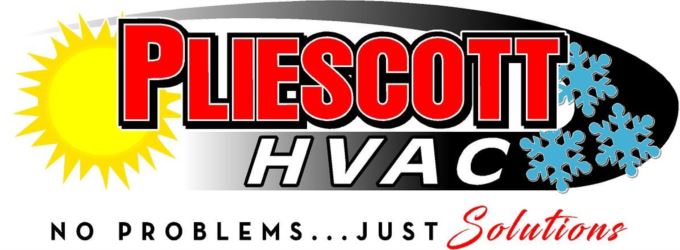
You shouldn’t need to sacrifice comfort or drain your wallet to keep your house at the right temperature during muggy weather.
But what is the right setting, exactly? We go over advice from energy pros so you can find the best setting for your loved ones.
Here’s what we suggest for the most energy-efficient setting for air conditioning in Cambridge.
Recommended Thermostat Settings for Summer
Most households find using the thermostat at 72-73 degrees is ideal. However, if there’s a major difference between your inside and outdoor warmth, your electricity bills will be greater.
These are our suggestions based on the U.S. Department of Energy (DOE) and ENERGY STAR®.
While at home: 78 degrees. While that sounds too high, there are approaches you can keep your house pleasant without having the air conditioning going all the time.
Keeping windows and window treatments down during the day keeps cold air where it needs to be—within your home. Some window treatments, including honeycomb shades or plantation shutters, are made to give added insulation and enhanced energy conservation.
If you have ceiling fans in your house, the DOE says you can increase thermostat temps about 4 degrees hotter without giving up comfort. That’s due to the fact they refresh through a windchill effect. Because they cool people, not areas, shut them off when you move from a room.
If 78 degrees still seems too uncomfortable at first glance, try conducting a test for a week or so. Start by upping your temperature to 78 degrees while you’re at your house. Then, gradually turn it down while following the ideas above. You may be shocked at how refreshed you feel at a warmer temperature setting.
While away: 88 degrees. There’s no need to keep the air conditioning on all day while your house is unoccupied. Moving the setting 7–10 degrees warmer can save you as much as 5–15% on your cooling costs, according to the DOE.
When you arrive home, don’t be tempted to set your thermostat colder than 78 to cool your residence more quickly. This isn’t useful and usually leads to a bigger cooling expense.
A programmable thermostat is a good approach to keep your temp under control, but you need to set programs. If you don’t utilize programs, you risk forgetting to raise the set temperature when you take off.
If you’re looking for a handy solution, think about installing a smart thermostat. This thermostat links with your phone, so it knows when you’re at your residence and when you’re away. Then it automatically modifies temperature settings for the biggest savings. How much exactly? About $180 yearly on heating and cooling, according to ENERGY STAR.
Another perk of using a smart thermostat? You can use your phone to watch and adjust temperature settings from just about anywhere.
While sleeping: Around 70 degrees. While ENERGY STAR suggests 82 degrees, that may be too uncomfortable for many families. The majority of people sleep better when their bedroom is chilled, so that’s why the National Sleep Foundation recommends 60–67 degrees. But that may be too cool, based on your clothing and blanket preference.
We advise using an equivalent test over a week, putting your temp higher and slowly decreasing it to pick the best setting for your residence. On cool nights, you could find keeping windows open at night and using a ceiling fan is a preferable solution than using the air conditioner.
More Methods to Conserve Energy During Warm Weather
There are extra ways you can conserve money on cooling bills throughout hot weather.
- Get an energy-efficient cooling system. Central air conditioners only work for about 12–15 years and lose efficiency as they become older. A new air conditioner can keep your home more comfortable while keeping utility expenses down.
- Schedule regular air conditioner tune-ups. Regular air conditioner maintenance keeps your system running properly and might help it run more efficiently. It could also help prolong its life expectancy, since it allows technicians to find small issues before they cause a major meltdown.
- Put in new air filters regularly. Follow manufacturer instructions for switching your air filter. A clogged filter can lead to your system short cycling, or run too much, and drive up your electricity.
- Inspect attic insulation levels. Nearly 90% of homes in the United States don’t have enough insulation, according to the Insulation Institute. The majority of southern climates need 13–14” of attic insulation, while northern climates should have 16–18”.
- Have your ductwork examined. Ductwork that has come apart over time can leak cool air into your attic, walls or crawl space. This can result in huge comfort problems in your house, such as hot and cold spots.
- Seal cracks, doors and windows. Keep hot air where it belongs by plugging cracks. You can also caulk or weather strip doors to seal more cold air indoors.
Save More Energy This Summer with Pliescott HVAC Services LLC
If you are looking to conserve more energy during warm weather, our Pliescott HVAC Services LLC pros can provide assistance. Reach us at 410-228-4822 or contact us online for more info about our energy-saving cooling options.
